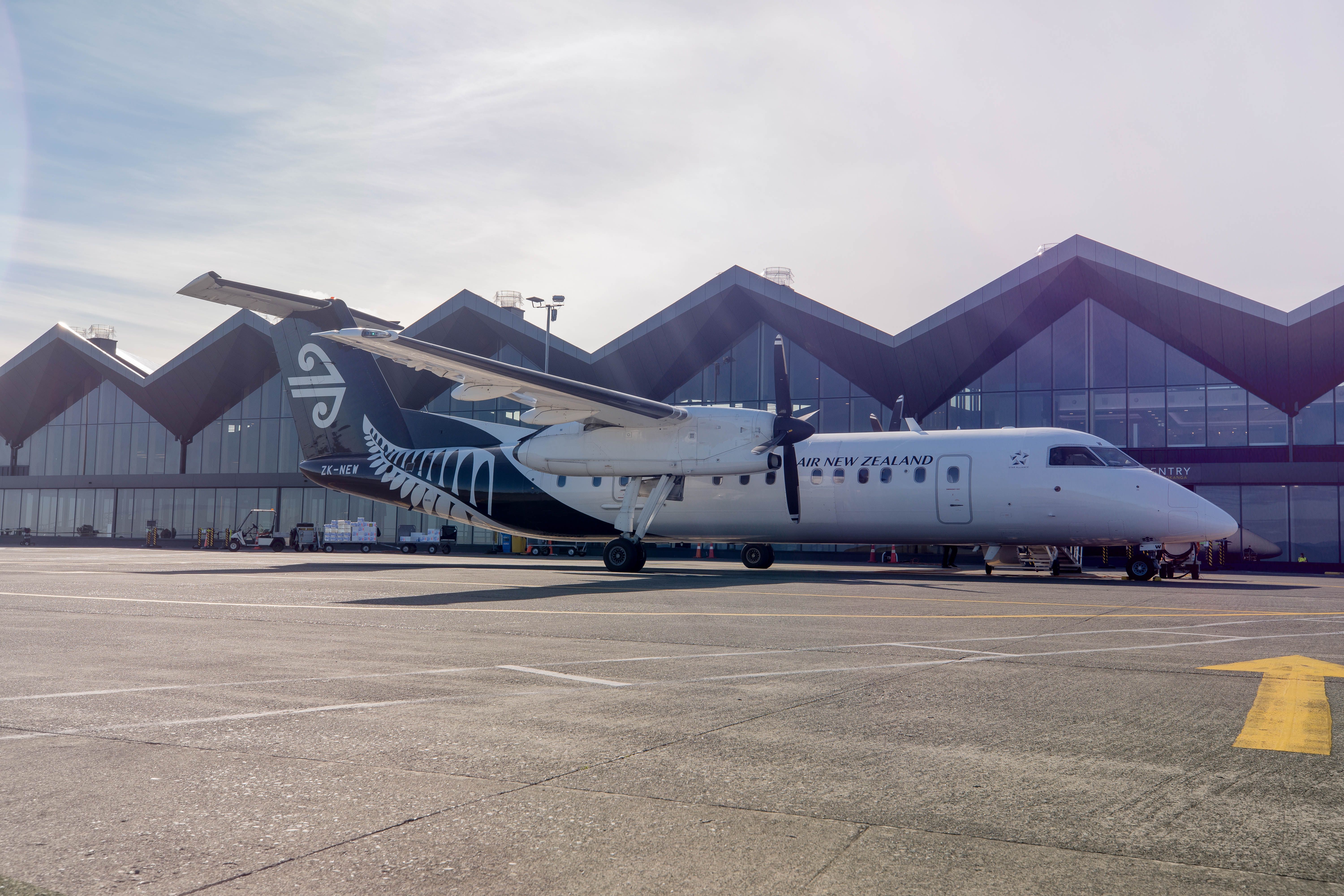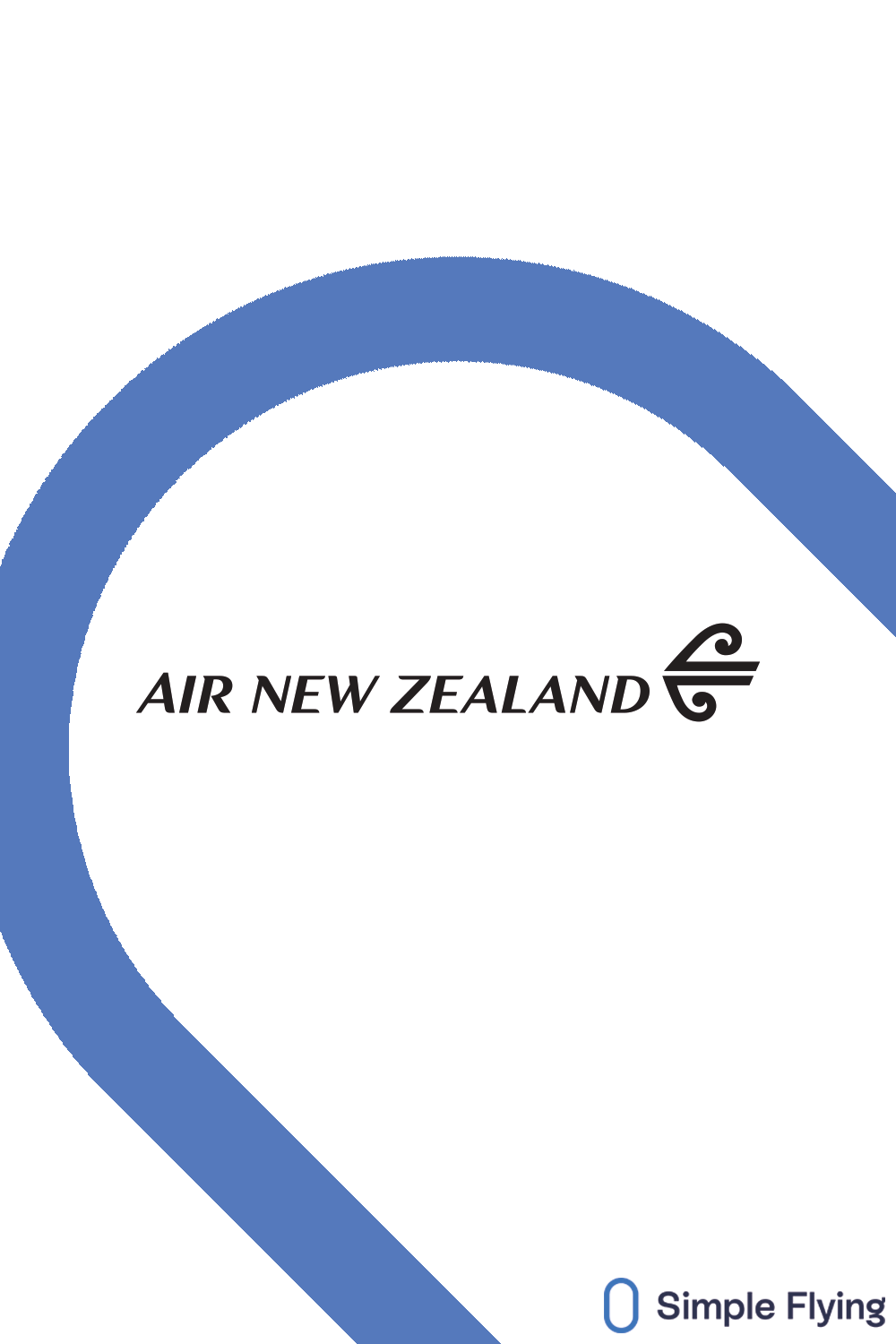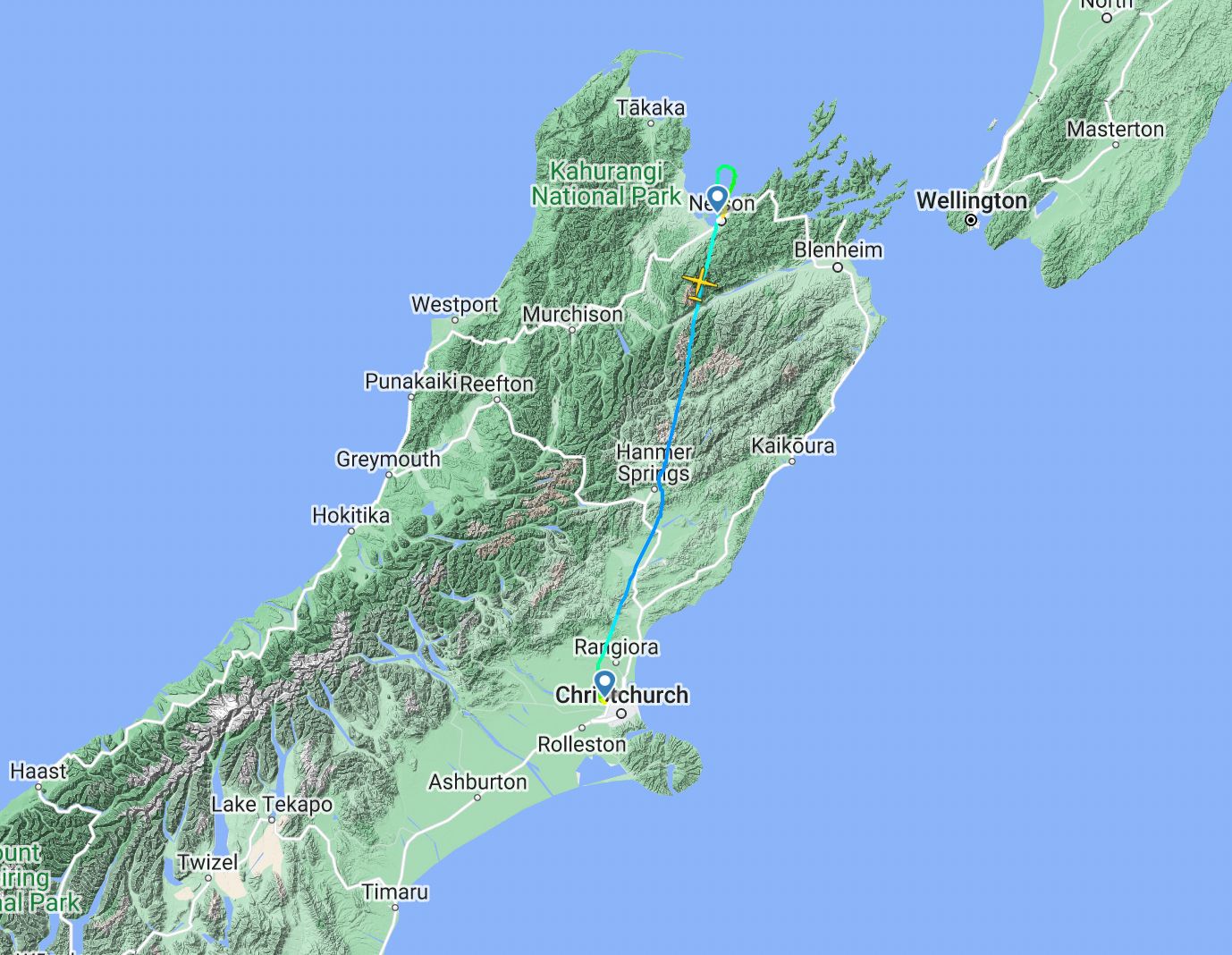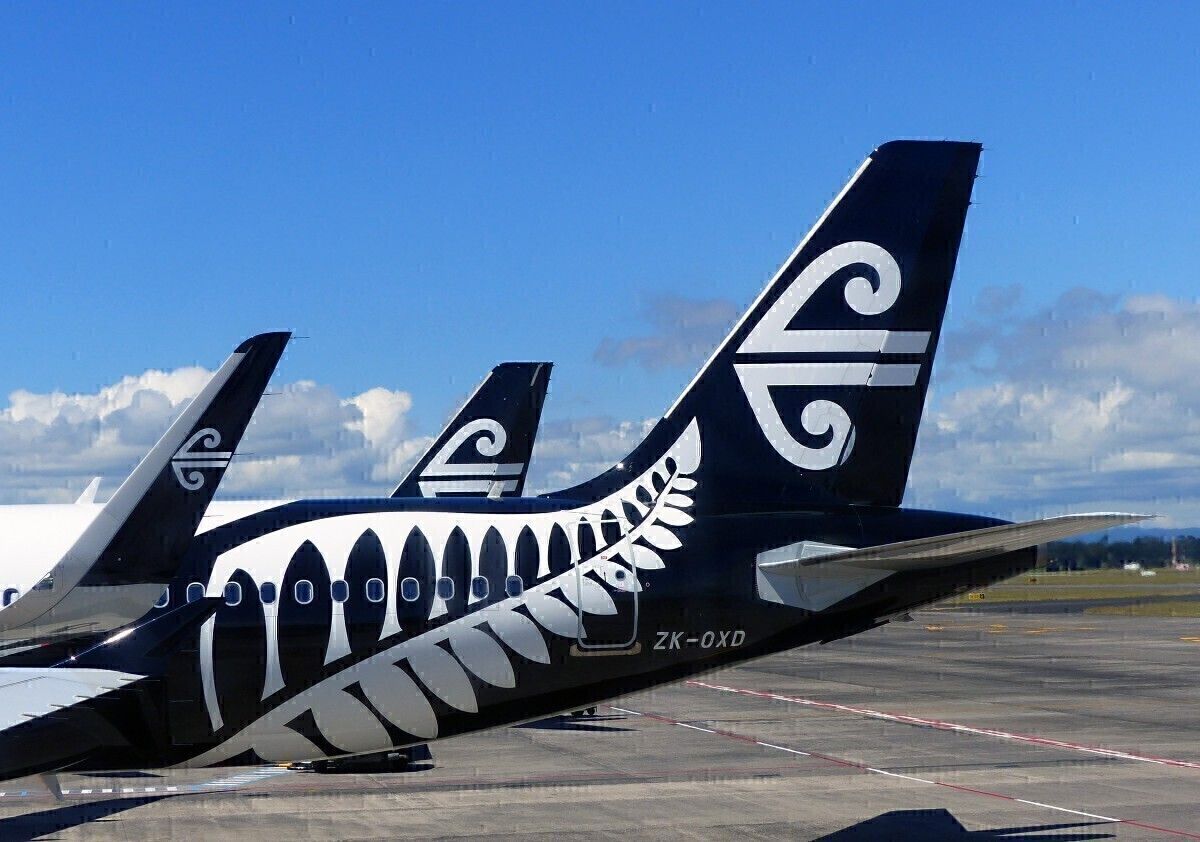With its solid commitment to sustainability, it's no surprise that Air New Zealand is actively participating in climate science research. The airline is working with the US National Aeronautics and Space Administration (NASA) to collect environmental data using one of its turboprop aircraft.
A Dash 8 at the forefront of NASA Research
This week Air New Zealand became the first passenger airline in the world to join a NASA Earth Mission. When flight NZ8844 departed Christchurch International Airport (CHC) on Tuesday at 11:49, it was carrying a NASA next-generation satellite receiver to collect unique environmental data.
The data will be used to better predict storms and for new climate change research. The NASA satellite was onboard an Air New Zealand De Havilland DHC-8-Q300, registration ZK-NFA, delivered in March 2008. Air New Zealand operates a fleet of 23 Dash 8 Q300s, with each 50-seat aircraft flying around 50 services weekly to 19 domestic destinations.
The onboard Global Navigation Satellite System (GNSS) receiver uses direct and reflected GPS and Galileo signals to collect the data. The airline and NASA have worked together since 2020 on the design, installation and certification of the receiver onboard the Q300. Air New Zealand (ANZ) believes that climate change is a shared challenge, and chief operational integrity and safety officer Captain David Morgan says the airline does not shy away from its responsibility to address it.
"With a network stretching from Kerikeri to Invercargill and flying at an altitude of around 16,000 feet (4,900 meters), the Q300 was the perfect aircraft to pilot this mission. Flying much closer to the land and sea than NASA's satellites, our aircraft can collect a daily feed of high-resolution, high-quality data, with significant potential for the science community."
The data collected onboard the ANZ turboprop will be fed into NASA's Cyclone Global Navigation Satellite System (CYGNSS), a constellation of eight small satellites measuring wind speeds over the oceans. The system measures GNSS signals, such as GPS, reflected off the ocean surface, which helps scientists to understand and predict cyclones. The reflections can also track soil moisture, monitor droughts and flooding, and track coastal and wetland conditions to monitor coastal erosion. These events are impacted by climate change, so the data collected will also be used for research in that area.
Find more aviation news here!
ANZ's input may inspire other airlines
Also involved is the University of Auckland, which has established a Science Payload Operations Center to receive and process the data from the aircraft. This has the potential to become New Zealand's largest source of environmental data, and the Project Lead, Professor Delwyn Moller, says the collaboration will put Kiwi scientists at the forefront of this emerging field.
"Air New Zealand's commitment to the project's success will hopefully inspire other airlines around the world to use their own aircraft for the benefit of science."
All the data collected will be publicly available and used in areas such as flood risk management, agriculture and resource planning. A side benefit is that the receiver onboard the ANZ Q300 has advanced capabilities and may be used for space-bound missions, which will also be tested. In true Kiwi spirit, the project has been gifted the name Rongowai, combining the Mãori words rongo (to sense) and wai (water).




